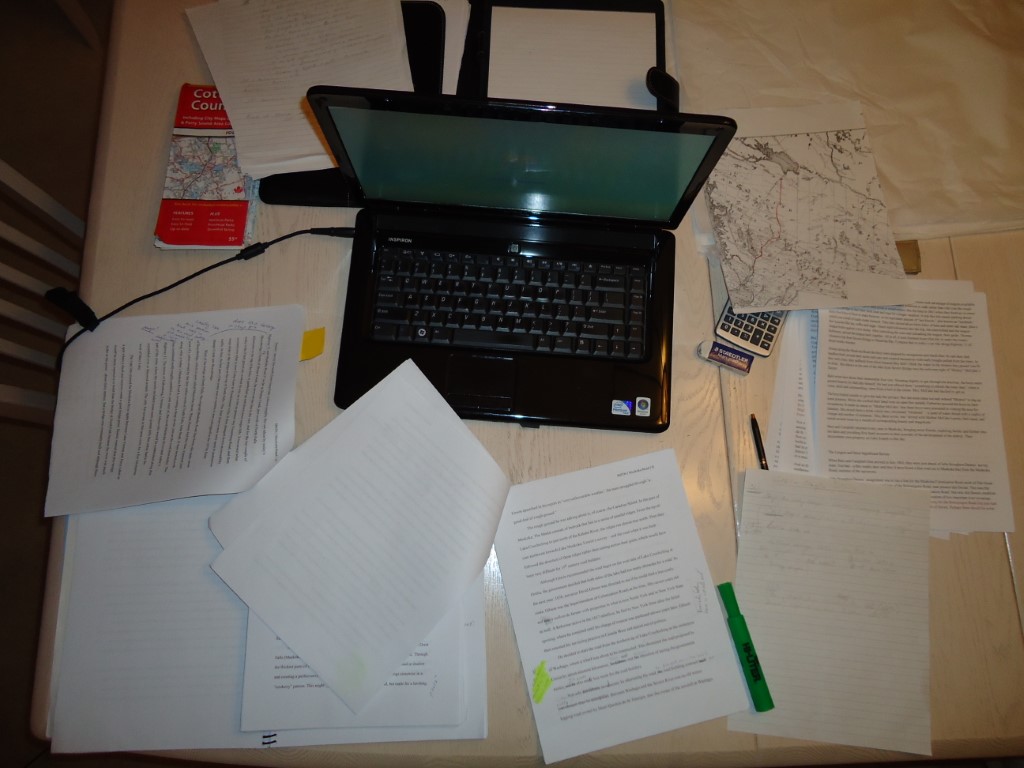LIFE AFTER MANUSCRIPT SUBMISSION
I submitted the manuscript about a week ago (did you hear the cosmic boom?) Yes, it felt great! Yes, I feel lighter, more relaxed, able to lift my head above my computer screen and remember what else is happening in my life.

Geoff and I promptly went on a little getaway, then came back and did some fun home improvement projects. Nothing like new paint and light fixtures to generate fresh energy!
Gary (my master map-maker and book designer) kept busy in the meantime, as did my publisher. We now have a production schedule that will put the book in the hands of readers by about the end of May. That means:
- By March 20, the final manuscript, all illustrations and cover material need to be in the book designer’s hands.
- By April 30, the book goes to the printer.
Between now and March 20, lots happens:
- Substantive Edit. In this process the editor reviews the structure and content of the manuscript and suggests reorganization or changes to clarify the text.
- Introduction and cover ‘blurbs’. These are endorsements of the book by people who have knowledge of the area, topic, or are writers of similar kinds of books.
- About the Writer, About This Book. These are short blurbs for the cover, and used in press releases.
- Author Photos. (Two of them.)
- Final decisions on illustrations. I’ve submitted over 90 photos and maps (not counting the custom maps). Both my book designer and my publisher have ideas for others that should be included.
- Copy Edit. This is a detailed, line by line review for grammar, spelling, punctuation and other mechanics of style, plus consistency of language usage and of facts.
All of these are collaborative efforts between me, the publisher and book designer. Some of this work has already started, like changes to photos and maps, and preliminary book design.
When all is final, I will see a “proof” of the book before it goes to print.
Meanwhile, we also start marketing. And did I mention the interactive website? Stay tuned – there’s more than new paint and light fixtures going on around here!
